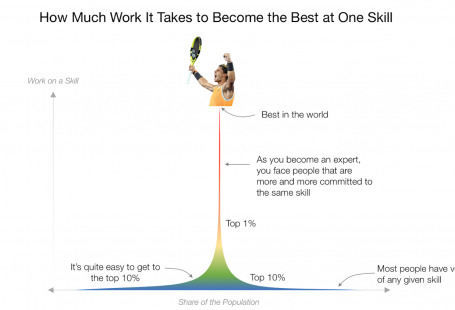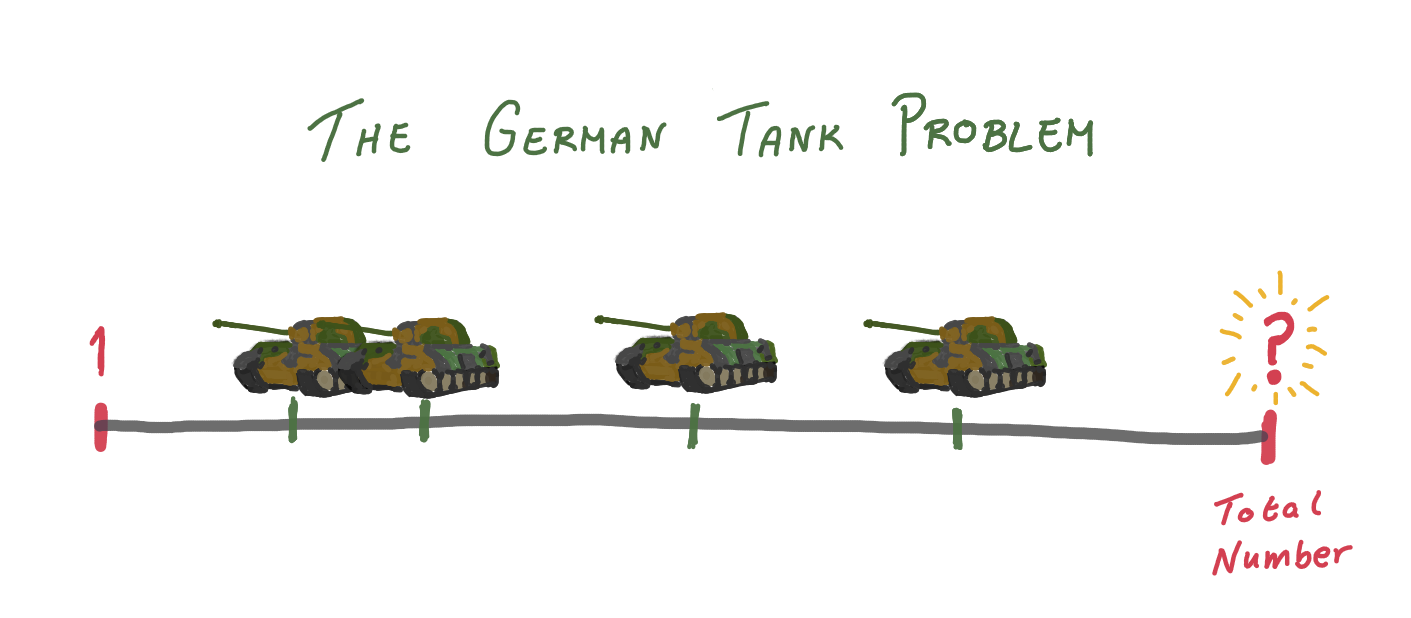This is the first post in this year. The experiment with sharing books and articles that expires me during the month was started a year ago that hopefully, I will continue this year.
Apparently, I noticed that sharing it has a few positive side-effects for me: it gives me one more chance to make retrospective, highlight interesting thoughts and ideas. Doing this retrospective for last year, I realized that there are three main vectors of my interests: software development (literally everything related to this topic), business development (management, startups, marketing, finances), and self-development (literature, psychology, science). So this year, I’ll continue to publish interesting content within those categories.
Self-development
- Deep research of tools for our brain development. Despite huge progress in information technologies for the last decades, apparently the best tools still language and writing. In this essay, you won’t find simple recommendations on how to improve your brain, but it’s definitely gives you some ideas and inspiration.
- Interconnection of mathematics and life in the article about network effects
Software development
- Patterns/tricks used for building frameworks and libraries. Can be used for solving typical problems of any framework: configuration, dependencies, implicitly providing some functionality:
- Callback function
- Subclassing
- Imperative API registration
- Convention over configuration
- Metaclass based registration
- Language integrated registration
- DSL-based declaration
- Imperative declaration
- A good overview of caveats in event sourcing implementations of real-world applications and some ideas on how to solve them. If your application should provide not only consistency but all the history of your data, plus you considering micro-services architecture, event sourcing is architecture of your choice. If you are interested in topic there are two talks from Marting Fowler and Greg Young
- For a long time I have been working with Ubuntu servers, and selinux security layer was a big surprise for me. It’s a huge topic and here are just short introduction: part1, part2 and part3.
- Visual interactive explanation of how float points numbers works.
- How I once saved half a million dollars with a single character code change




